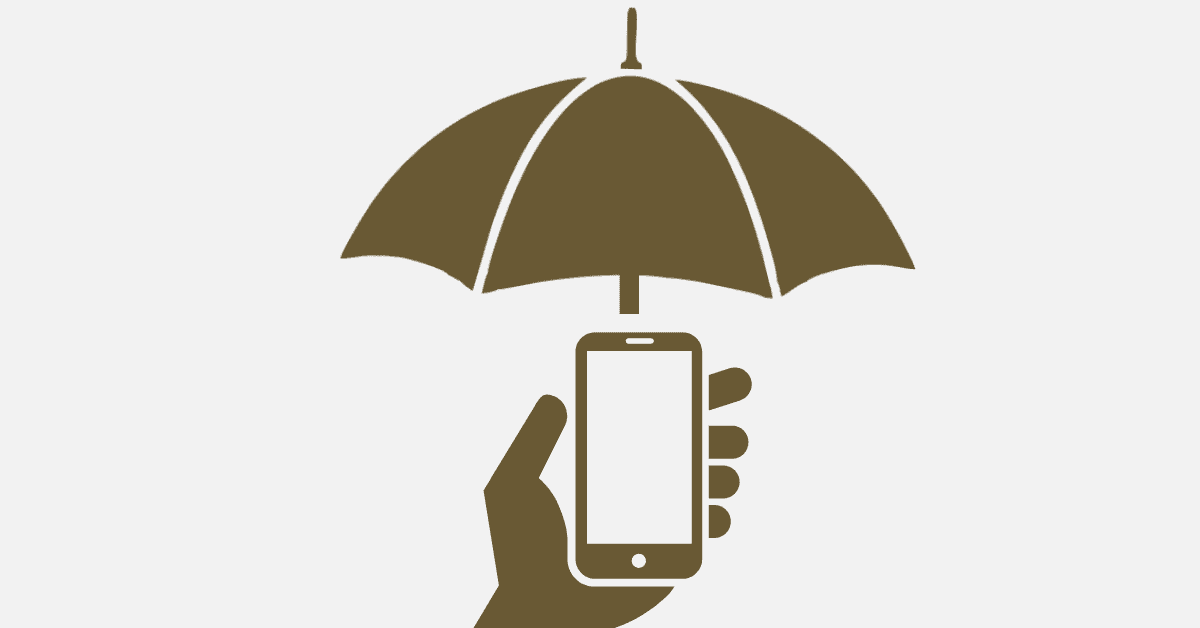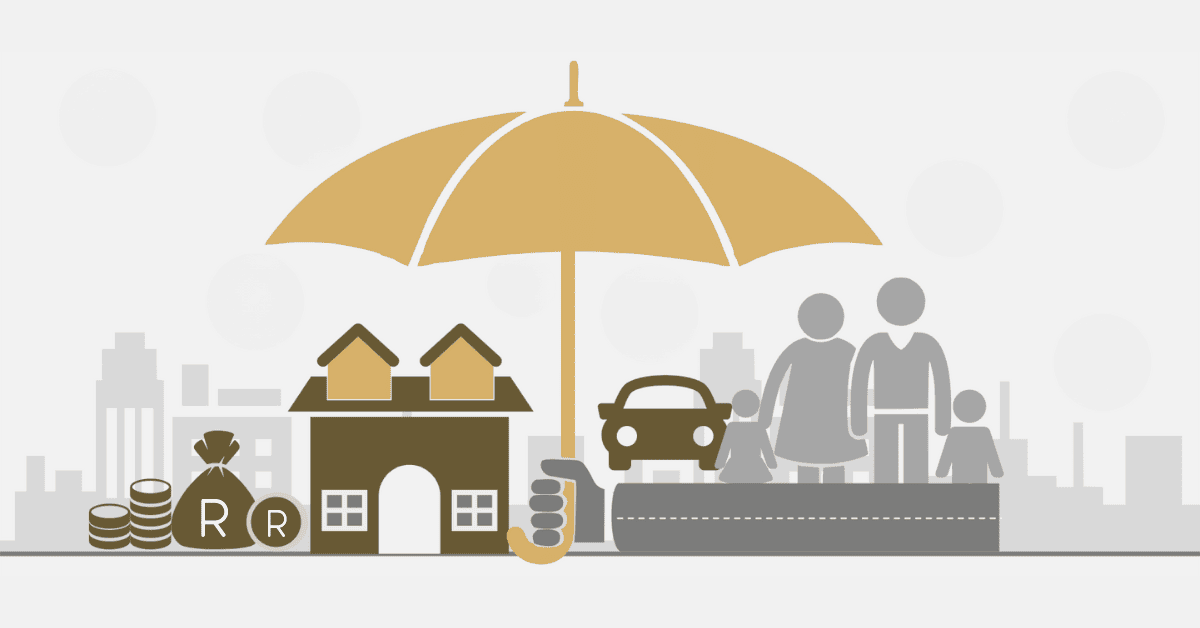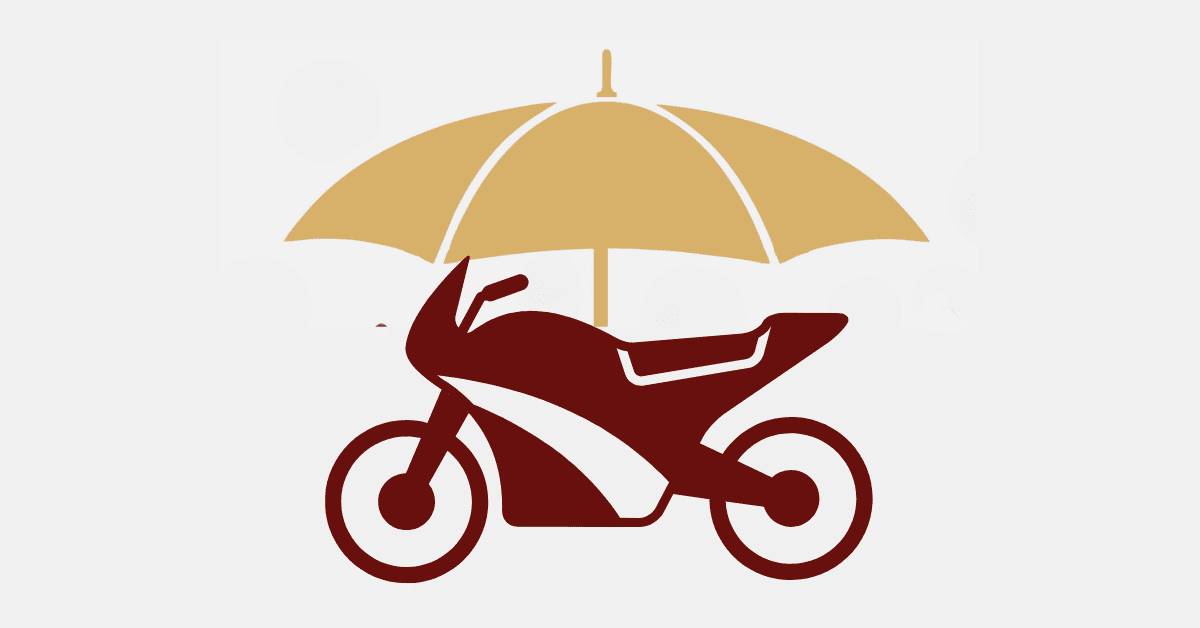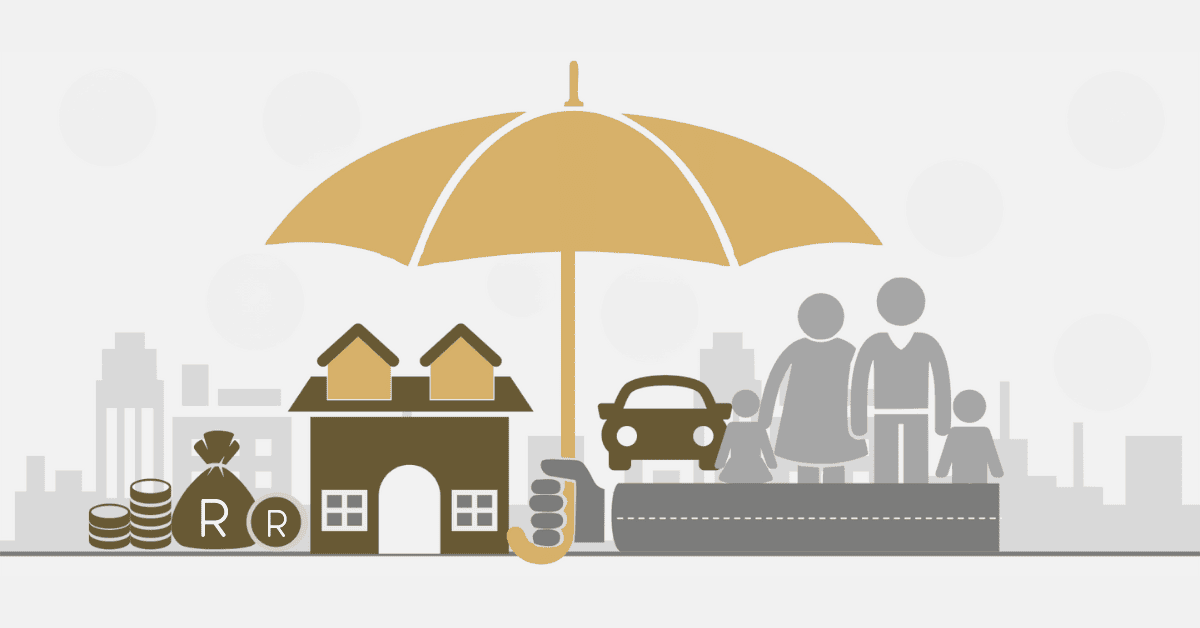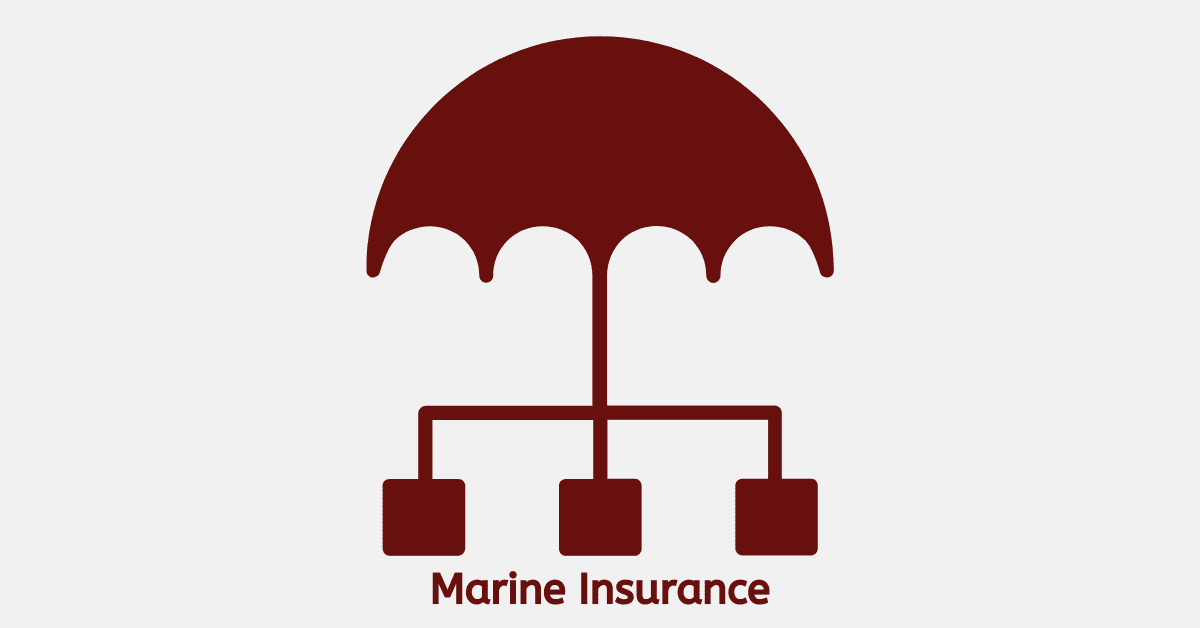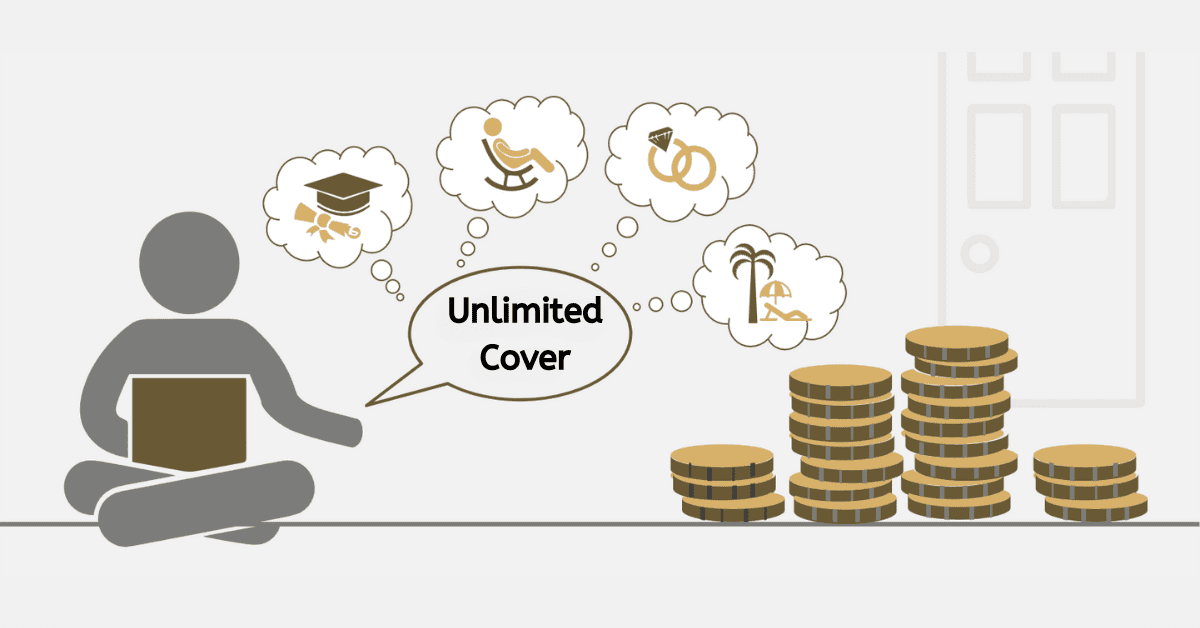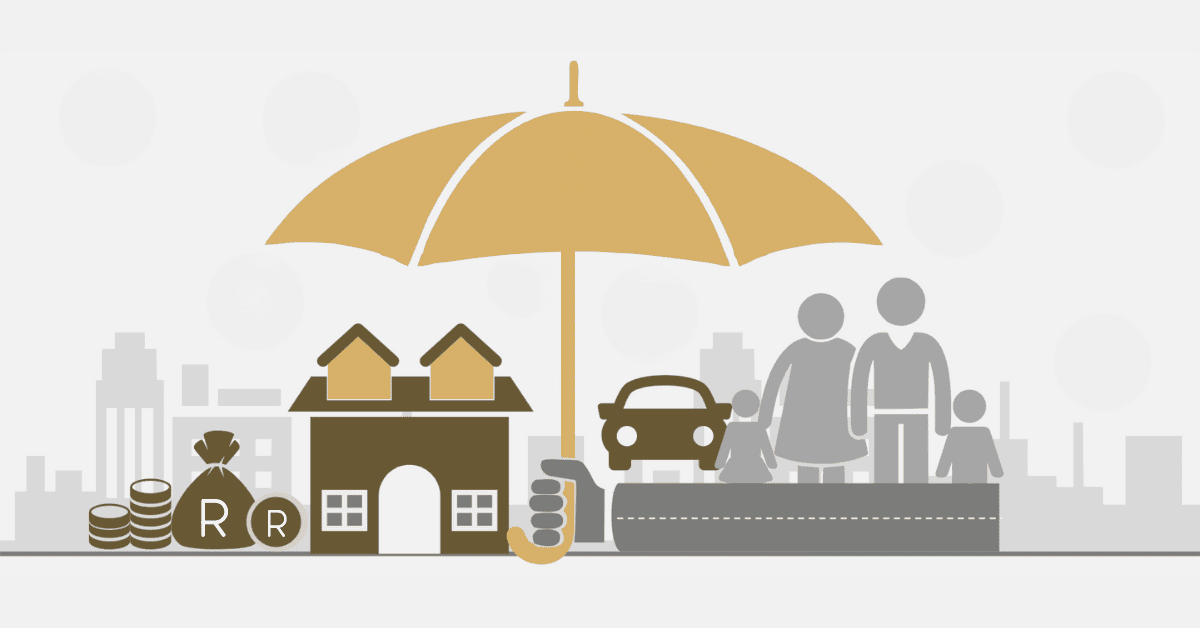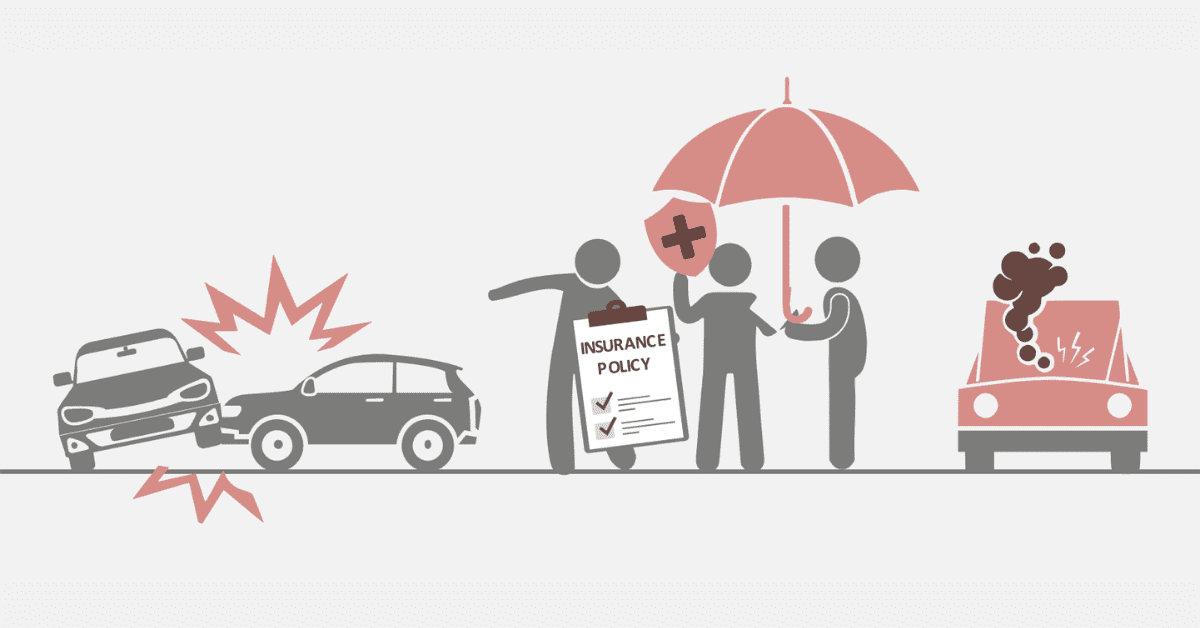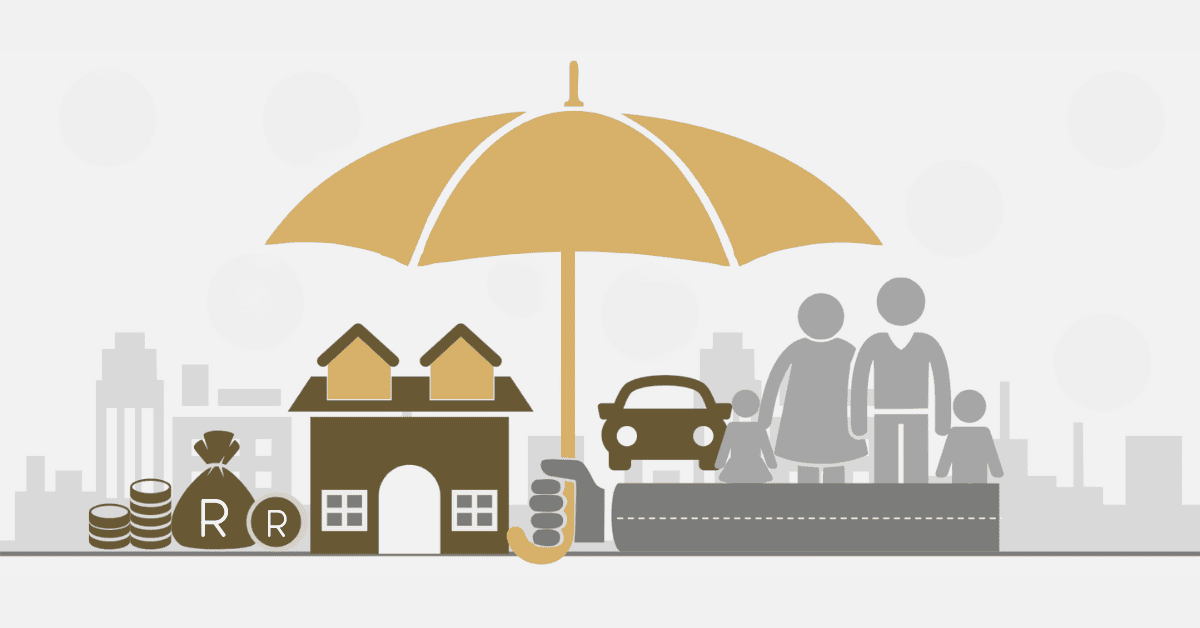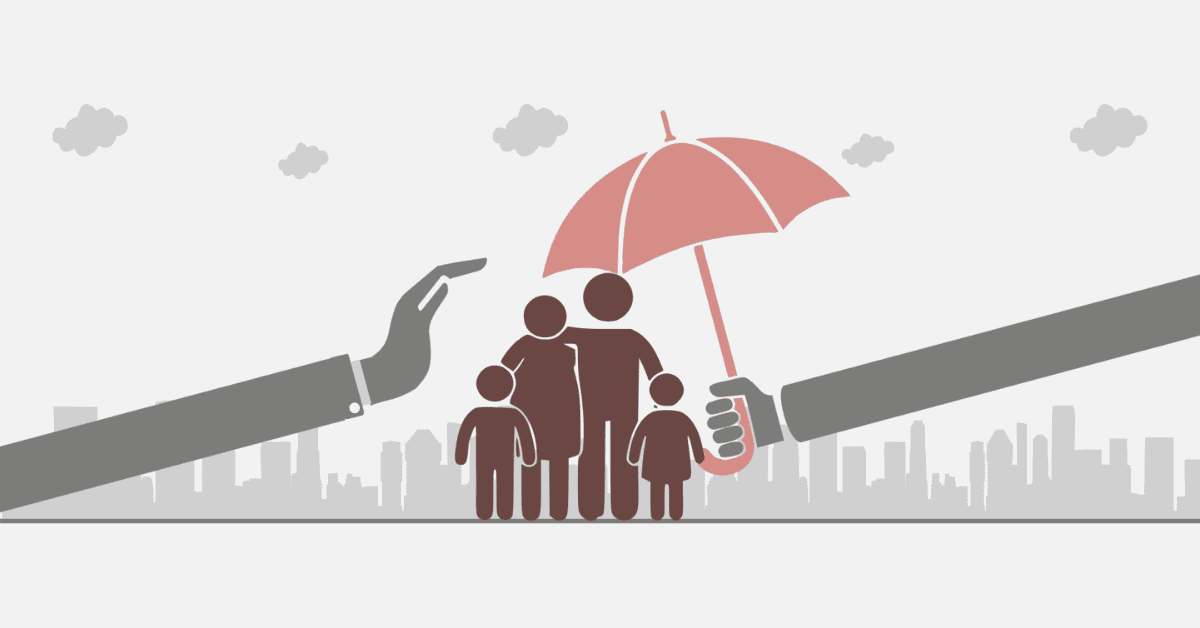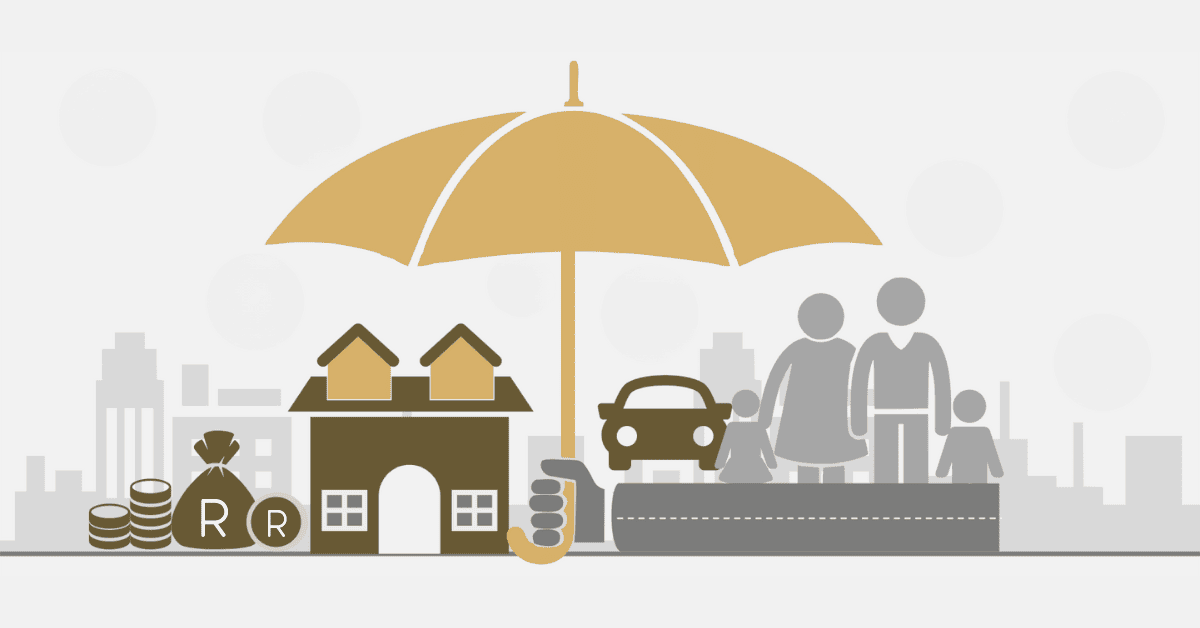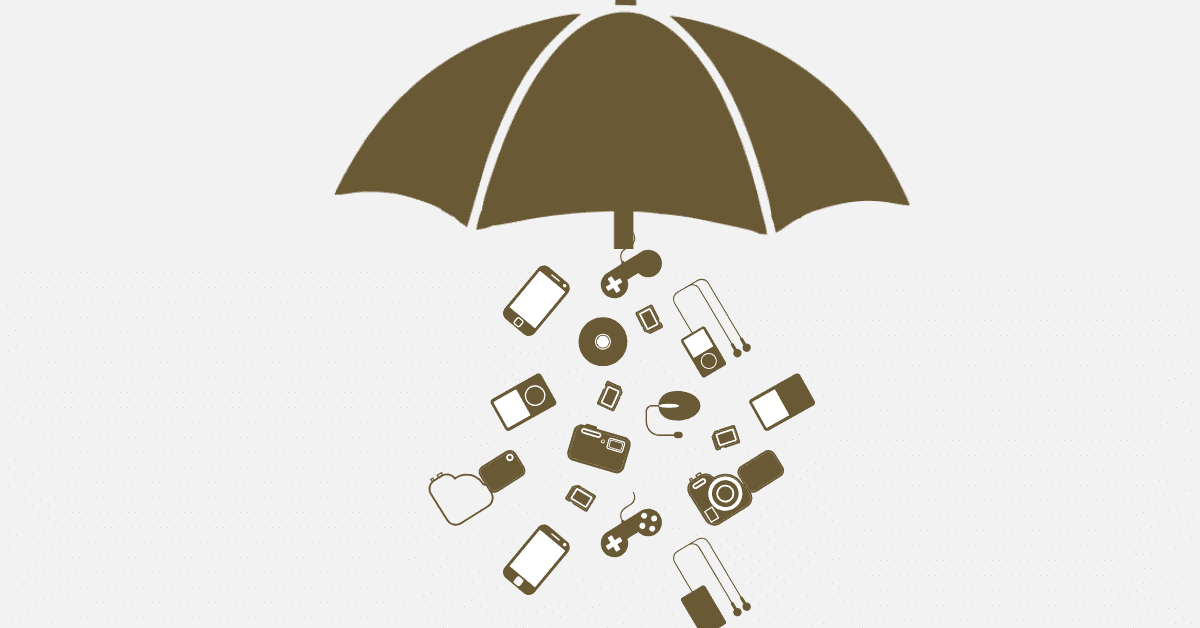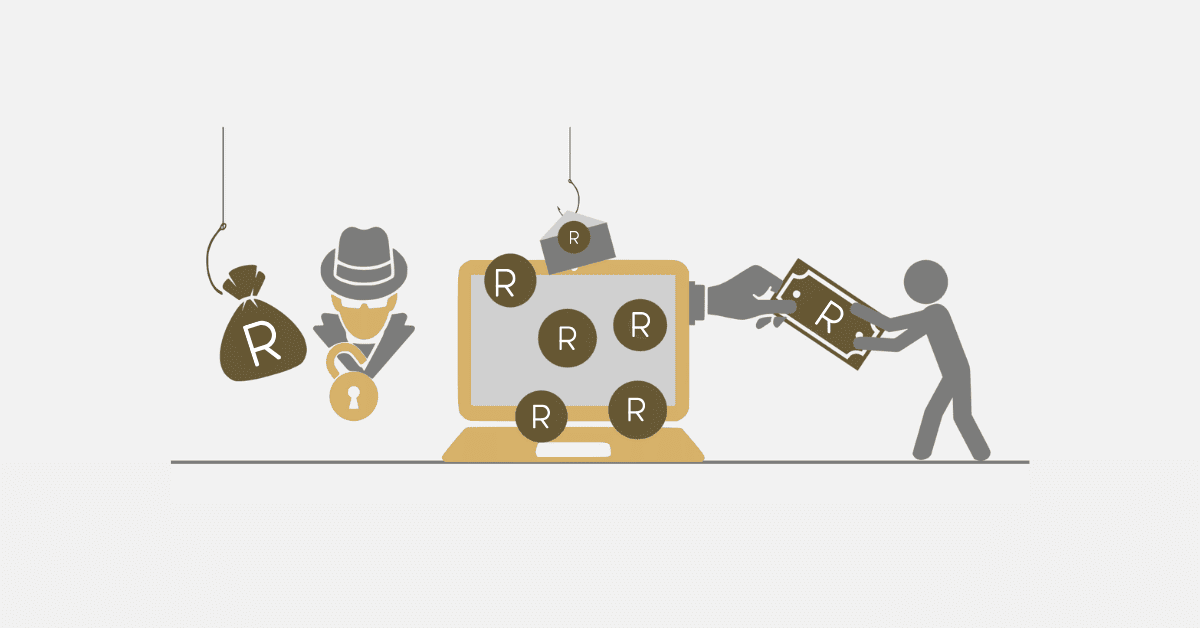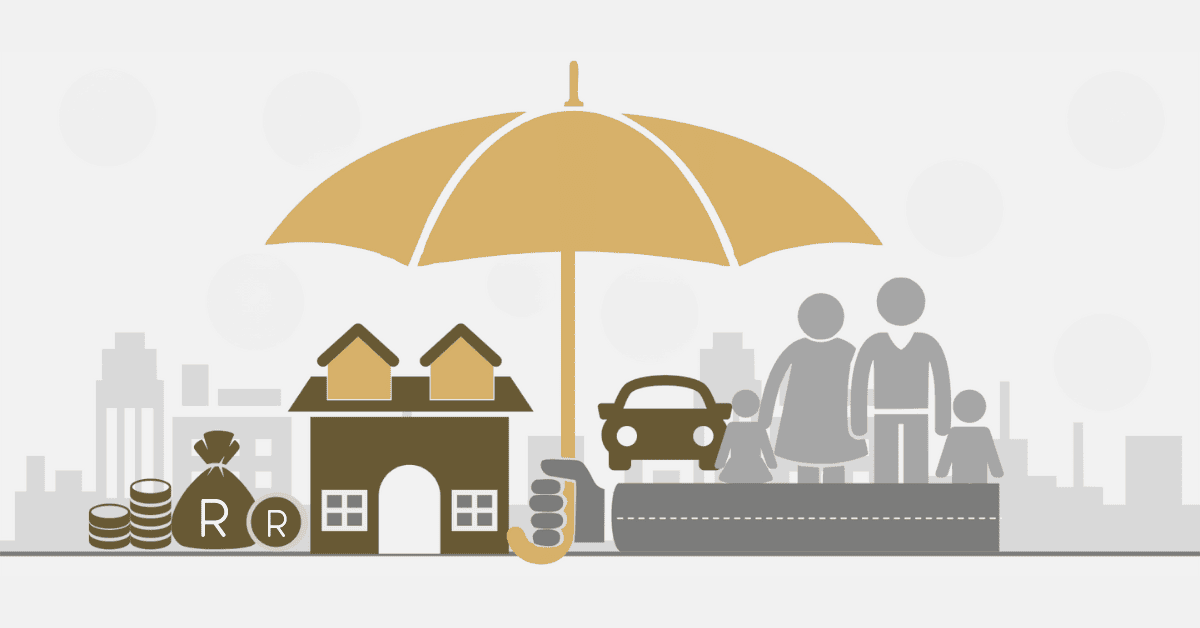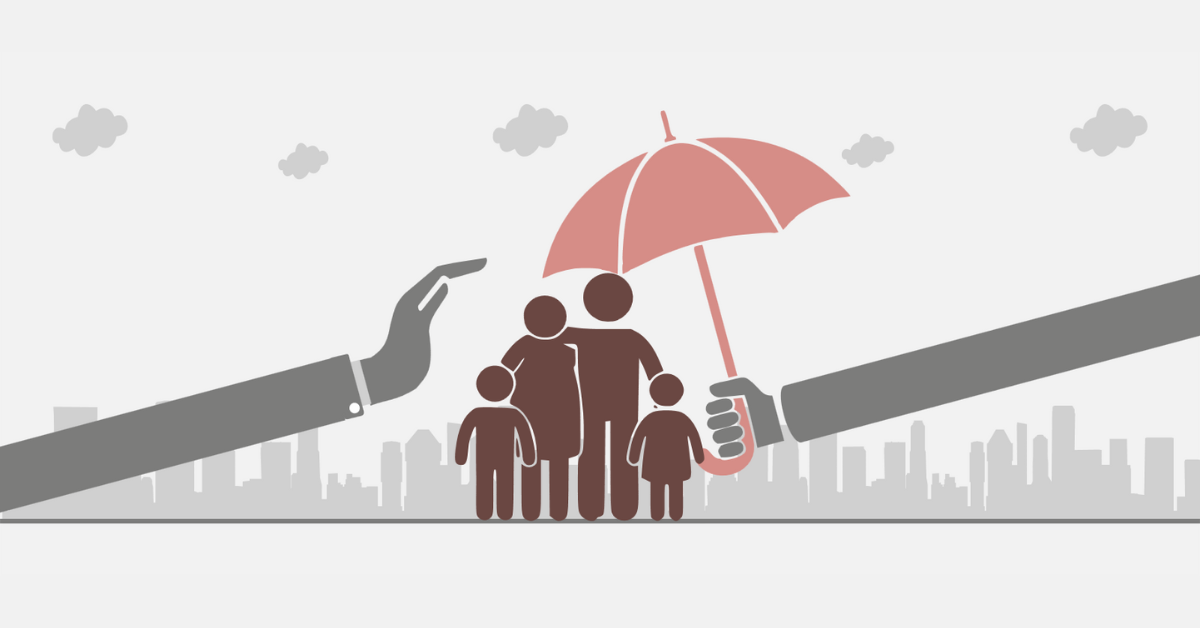Homeownership in South Africa equals pride, responsibility, and risk. Natural disasters, theft, and damage caused by accidents can hit you anytime. Thus, house insurance is a necessary element of monetary planning. However, as far as homeowners and prospective buyers are concerned, the question is how much this coverage will cost them. Price varies enormously in geography, property value, type of cover, and provider conditions.
How Much Does The SA Home Insurance Cost?
It ranges from approximately R350 to R1,200 per month or more. Typically, this depends on the amount you’re covering. If it’s the building alone you’re covering, you’ll generally pay less compared to covering belongings and personal effects as well. It will also depend on the market value of your house, the suburb it’s located in, your claims history, and the type of cover you’re having. For example, it could cost you approximately R500 a month to have a building-only cover on a typical suburban dwelling. However, If you consider high-value items in a high-end dwelling, you’ll pay much more.
What’s the Cheapest House Insurance?
King Price and Naked Insurance generally offer the cheapest options in SA. They have low overheads and utilize innovative technology to keep costs low, thereby passing on the benefits through cost savings to the customer. King Price, for example, uses the method of a reducing premium: the premium goes down as the worth of the belongings declines yearly.
This pricing scheme appeals to homeowners who desire affordability while not sacrificing cover. Naked Insurance is a virtual insurer offering adaptable monthly policies that may be adjusted instantly using a mobile app. Policies start at a minimum of R200 and up to a maximum of R350 a month, depending on the property and type of cover selected.
Who Has the Most Expensive Home Insurance?
Some of the highest home insurance premiums in South Africa are generally those of high-end insurers that deal with valuable property and high-net-worth clients. Insurers like Santam and Discovery could have higher premiums since they have more comprehensive risk cover and value-added benefits. For example, Santam includes a specialized cover of unusual artworks, antiques, and high-value electronic items, pushing the premium. Properties in risky areas like coastal areas that are flood hotspots or high-crime areas could also command huge premiums. Discovery’s Vitality-linked policies could cost more initially, but they pay back safe behavior in the longer term through cashback or discounts.
What Is the Best Home Insurance in South Africa?
Your top-rated South African home insurance company will depend on your top priority: rewards, service, flexibility, or affordability. OUTsurance ranks highly by the security of its fixed premiums and the OUTbonus, which will refund a portion of your premium if you don’t claim. Momentum also suits many who require car and home coverage in one policy and up to 30 percent cashback annually.
Sanlam uses the more traditional but sound alternative, benefiting from decades of history and the flexibility to tailor options in consultation with a financial adviser. Naked Insurance revolutionized the business by leveraging the simplicity of app convenience and quick online claims. Discovery integrates health, life, and home cover in one, rewarding good behavior through its Vitality program. Santam suits the individual seeking flexible additions and speedy claims.
What Insurance Do I Need for My House?
At the minimum, South African homeowners need building insurance. This covers the house’s building, including walls, roofs, plumbing, outbuildings, and swimming pools. If you have a home loan, your bank will likely require building insurance as a condition of the bond. Most homeowners also go the extra mile and buy contents insurance. This protects everything inside the home. These range from furniture/appliances to electrical-related items & clothing.
However, you can exclude laptops/computers, phones, or jewelry. In that case, coverage for individual belongings that can be moved will guarantee additional security. Alternatively, all-risk cover is on offer, providing extensive protection against loss or damage through accidents. Legal liability cover may also be a consideration, covering you if a visitor is injured on your premises.
Does Home Insurance Cover Cash?
Standard home contents insurance does not generally cover cash in South Africa unless it is under the policy, and even then, it is usually constrained. Some insurers give a limited cover of money, but typically up to a maximum of perhaps R1,000 or R5,000, and only in the event of a burglary where a forced entry and evidence of the same exist. This is due to the difficulty of establishing the money held at home.
For large sums of money, proof of ownership through cash withdrawal slips has to be presented while claiming it back. In the case of large quantities of cash at home, either for business or personal use, it’s best to keep it in a bank rather than relying on insurance in the house.
What Home Repairs Do Most Insurance Cover?
Most South African residential insurance policies pay out in the event of accidental damage or occurrences of fire, storms, lightning, burst geysers, and burglary. Damage caused to the property’s structure by falling trees and high winds is usually payable, and the cost of replacing walls, windows, or gates in the aftermath of a burglary is also covered. Geyser claims in the form of floor or ceiling damage due to water seepage rank as the most frequent claims.
Most also cover damage due to power surges, which can wreck electrical systems and equipment. Some insurers also sell emergency cover in the event of plumbing, lock, or electrical breakdowns, saving money and hassle in a crisis. But standard wear and tear, servicing or lack of it, is not generally covered.
What Is the Most Common Homeowner Insurance?
The best seller of homeowners’ insurance in South Africa is a combined building and home content insurance. It includes a comprehensive cover of the building and the items in your home. It is easy and generally more cost-effective, and internal and external risks come under one insurance package. Most homeowners also carry cover that includes the insurance of portable possessions to widen the protection beyond the front door.
Joint policies are in vogue as they eliminate the hassle of multiple providers and commonly encompass value-added benefits of 24/7 emergency service, accidental damage protection, and protection against natural perils. They can also be combined with motor vehicle insurance at a lower premium rate.
Final Thoughts
Home insurance in South Africa is not a luxury but a necessary protection of your valuable property against unexpected loss or damage. While the price varies by provider, value of property, and geographical area, knowing the price you pay helps you to make the wise decision of cover. Online providers have low-cost coverage; more premium providers offer added benefits and broader protection.
